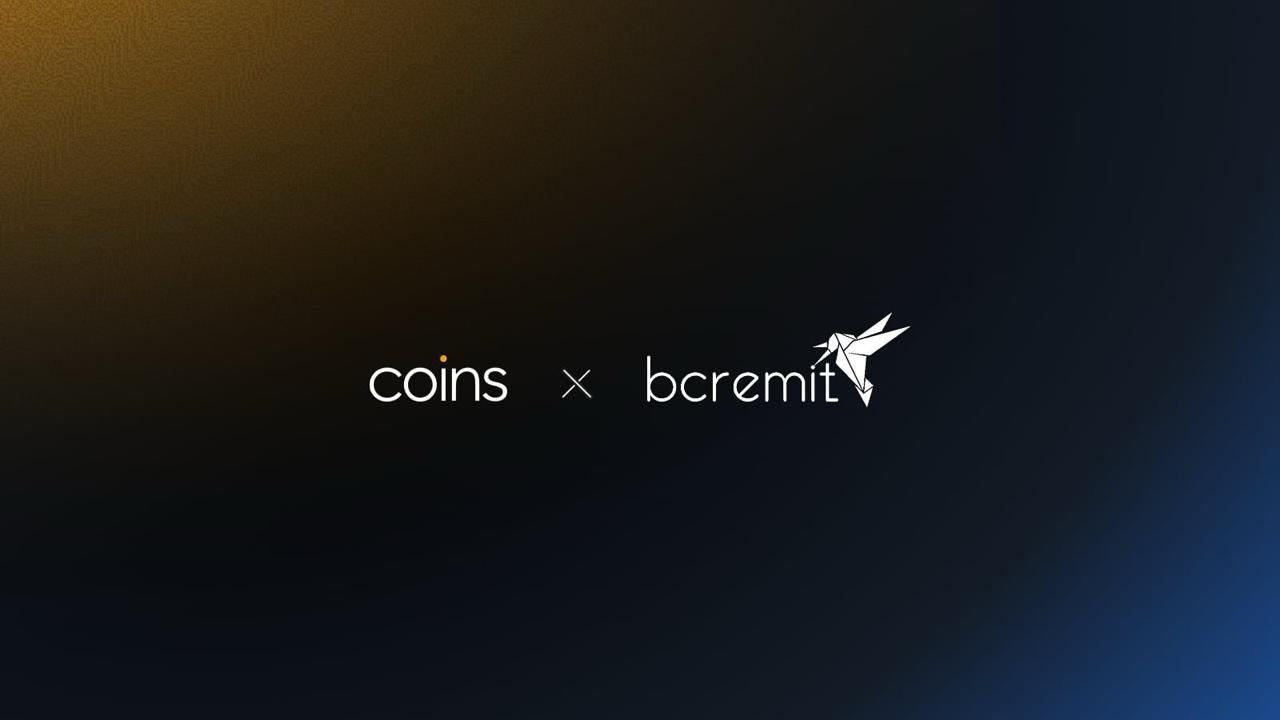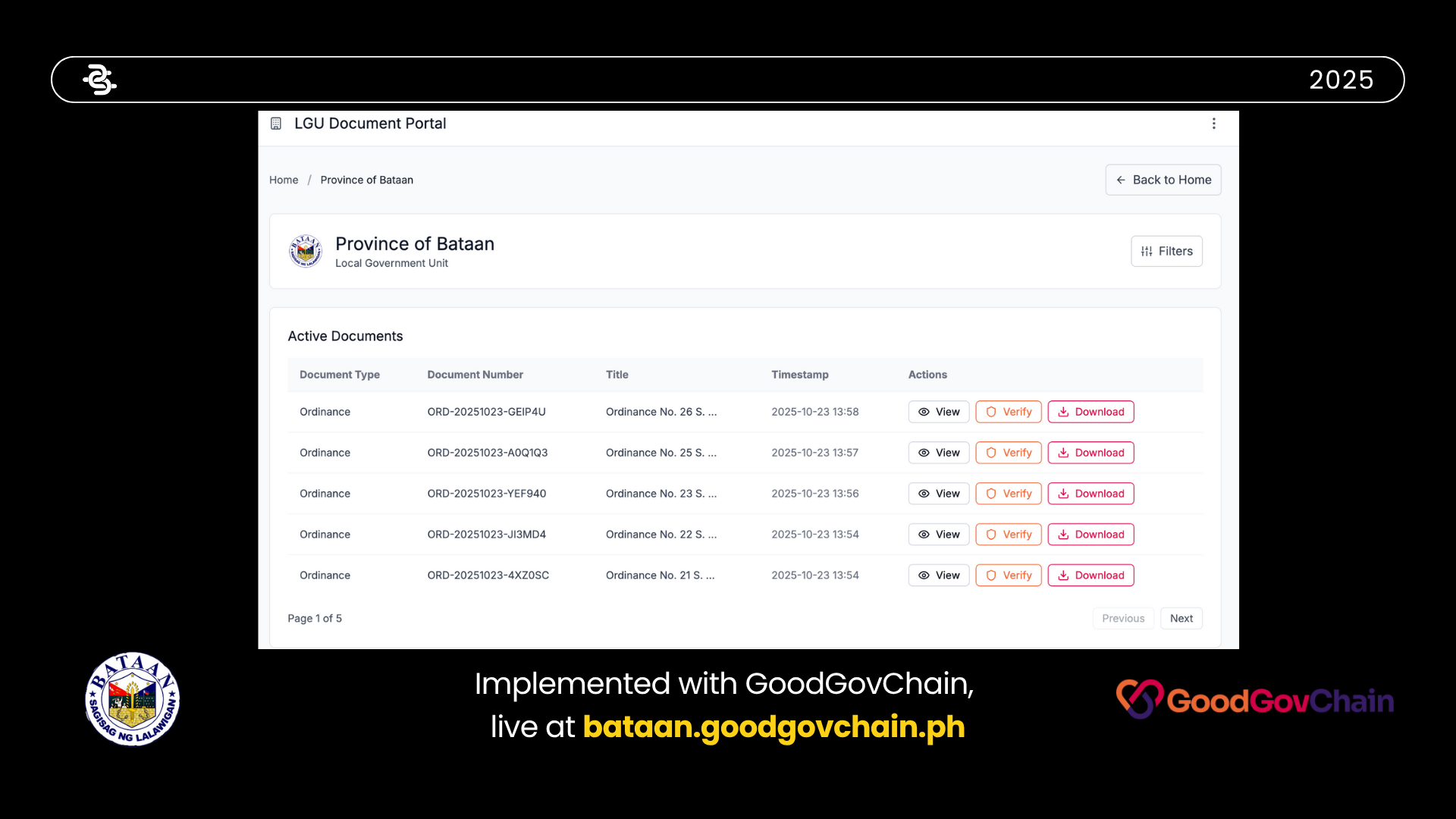You Don’t Need ₱7M to Buy Bitcoin—Here’s How Filipinos Are Starting with ₱100
In 2017, Bitcoin quietly crossed the ₱100,000 mark. It was unfamiliar to most Filipinos—although talked about in tech circles, occasionally on the news, it is still rarely taken seriously. By 2021, it soared past ₱3 million, drawing in curious investors, retail traders, and even OFWs looking for a better way to send money home. But then came the crash.
The fall of major platforms like Terra and FTX triggered a chain reaction. Prices collapsed, trust vanished, bitcoin dipped below ₱1 million. Many left the space disillusioned, convinced that crypto had simply been another passing bubble. But now, in July 2025, Bitcoin has done something few expected. It didn’t just recover—it broke past ₱7 million, hitting a new all-time high.
While the global crypto market celebrates, a familiar question returns for the rest of us: “Is it too late to start?” For Filipinos who’ve watched from the sidelines—some curious, some burned, many unsure—the good news is this: you don’t need millions to begin. You just need ₱100, and a bit of clarity. A single Bitcoin costs more than many Filipinos earn in a year. But here’s what’s often misunderstood: you don’t have to buy a full BTC to participate.
Bitcoin is divisible into 100,000,000 satoshis. That means owning ₱100 worth of Bitcoin doesn’t make you less legitimate—it makes you a fractional owner of the same asset held by the world’s largest institutions.
This idea—fractional ownership—is what opens the door for everyday Filipinos. A sari-sari store owner in Taguig, a call center agent in Baguio, or a student in Davao can all set aside small amounts weekly or monthly. Ownership isn’t about buying a coin, it’s about joining the system. And that system is becoming easier to access.
Local Platforms Are Making Entry Simpler
Gone are the days when buying Bitcoin required overseas exchanges, VPNs, and long verification queues. Today, platforms like Coins.ph, PDAX, GCrypto (via GCash), and Maya have made buying and holding Bitcoin a few taps away.
These apps support small purchases—as low as ₱50 to ₱100—and integrate seamlessly with local banks, e-wallets, and even QR payments. Most are registered with the Bangko
Sentral ng Pilipinas (BSP) and offer in-app tutorials, secure storage options, and user-friendly interfaces.For many Filipinos, Bitcoin has quietly become as easy to access as mobile load. And for the first time, the technology no longer feels out of reach.
But Let’s Be Clear—Bitcoin Isn’t Without Risk
Volatility remains one of Bitcoin’s defining traits. Prices can rise 10% in a week and fall just as quickly. While long-term holders may benefit, emotional or inexperienced investors often don’t. Jumping in without understanding the fundamentals can lead to costly mistakes.
More concerning is the rise of crypto-related scams in the Philippines. From fake Facebook pages and Telegram groups to YouTube trading “gurus,” scammers prey on new users looking for quick gains. Many imitate real companies or personalities. Some even offer "double-your-money" schemes under the guise of Bitcoin investing.
Filipinos must approach with both curiosity and caution. For starters, a user can start by using BSP-licensed apps, then transition into exploring more options by learning how wallets and self-custody work. However, regardless of a platform being centralized or decentralized, everyone must perform their due diligence in conducting their own research. Moreover, as many experienced crypto traders often remind people—don’t borrow to invest and most importantly, don’t act on hype—act on understanding. A ₱100 investment made with clarity is far more powerful than a ₱10,000 bet made in panic.
Should Filipinos Still Buy at ₱7M?
So, let’s go back to the question. Is it too late? Not necessarily. In fact, confidence in Bitcoin’s long-term potential often grows during all-time highs—not when prices are at their lowest. What this ₱7 million milestone proves isn’t just performance but aslo resilience.
Some Filipinos are using Bitcoin as a digital savings tool—a hedge against the peso’s declining value and inflation that quietly erodes purchasing power. Others, particularly OFWs, are beginning to explore remittances via Bitcoin and the Lightning Network as a faster and cheaper alternative to traditional money transfer services.
There are also those simply building a habit: saving ₱100 to ₱500 per payday, practicing dollar-cost averaging (DCA), and thinking long-term. It’s not about becoming a trader. It’s about taking back control of value, one small step at a time.
Bitcoin offers more than just price potential. It offers a new financial model. It can be self-custodied; meaning you hold it, not the bank. It’s globally portable, with no minimum account balance or documentation required. And it’s programmable, allowing for real-time cross-border payments, peer-to-peer transfers, and integrations into decentralized apps.
For those unbanked or underserved by traditional finance, this represents an opportunity: not to speculate, but to participate.
Bitcoin at ₱7 million isn’t a signal that you’ve been priced out. It’s a benchmark of maturity. It’s proof that the system has endured—and that access has finally caught up with belief. You don’t need to wait for another crash. You don’t need to become a trader. You just need to start where you are—with ₱100, the right tools, and a willingness to learn. In a country where traditional finance often leaves people behind, Bitcoin offers an alternative: not perfect, not painless, but increasingly possible. Sometimes, that’s more than enough.
.svg)


.svg) SHARE TO FACEBOOK
SHARE TO FACEBOOK SHARE TO TWITTER/X
SHARE TO TWITTER/X SHARE TO LINKEDIN
SHARE TO LINKEDIN SEND TO MAIL
SEND TO MAIL



.svg)


.svg)